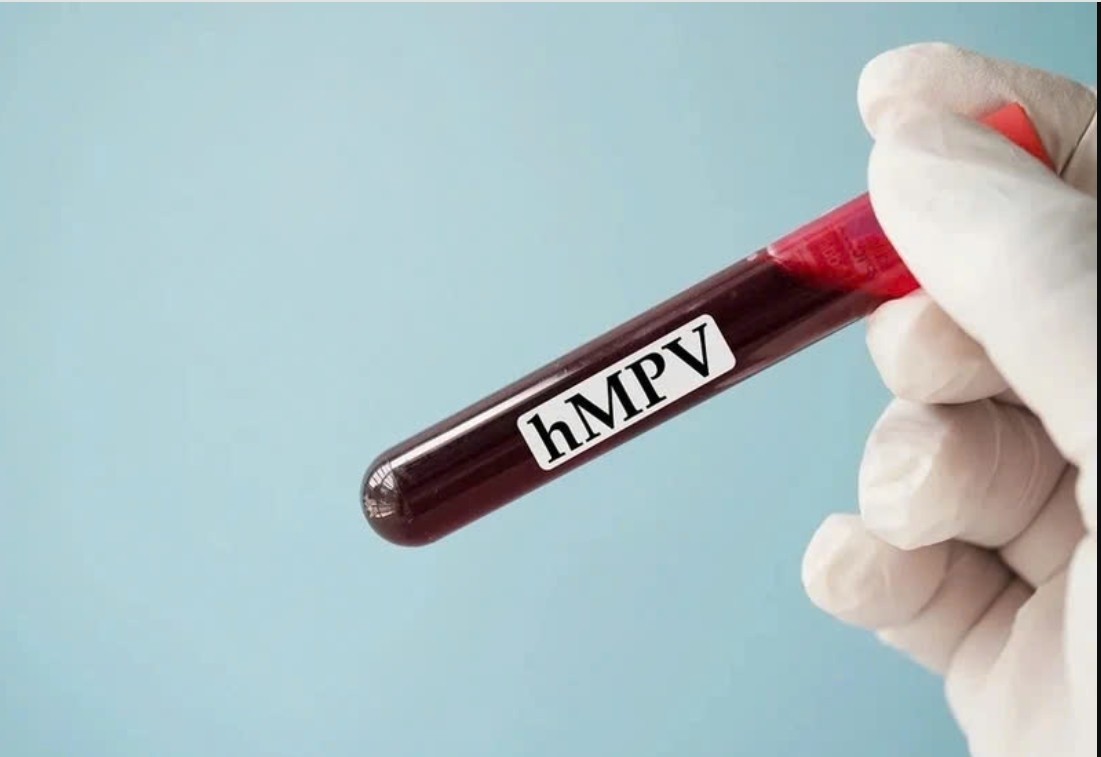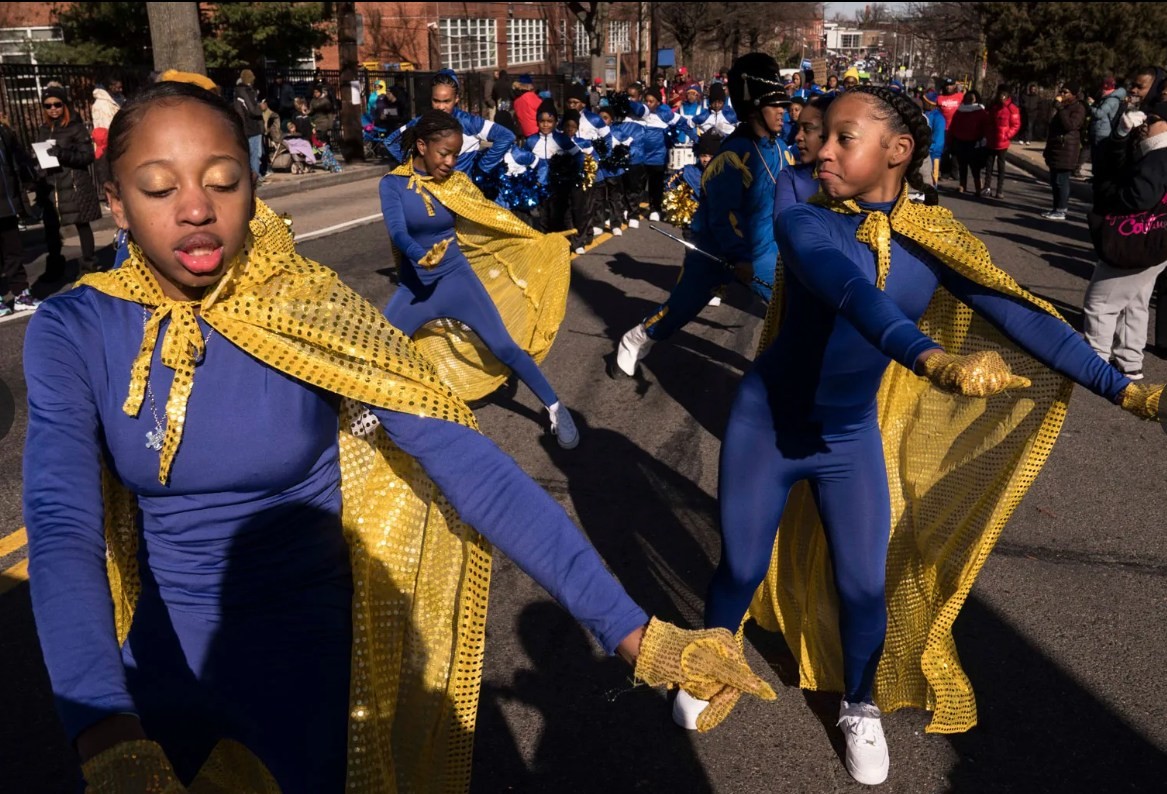Which Country is The Smallest in the World?
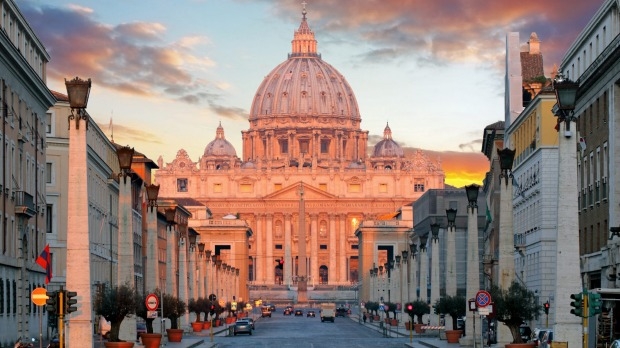 |
| Photo Planet Ware |
What makes a country huge or small?
Borders define nations. The political and possibly natural limits of a country determine its physical territory, and thus its size.
Political boundaries are the artificial lines that separate one political entity, such as a country or state, from another. Natural borders are oceans, seas, rivers, and mountain ranges.
Which country is the smallest in the world?
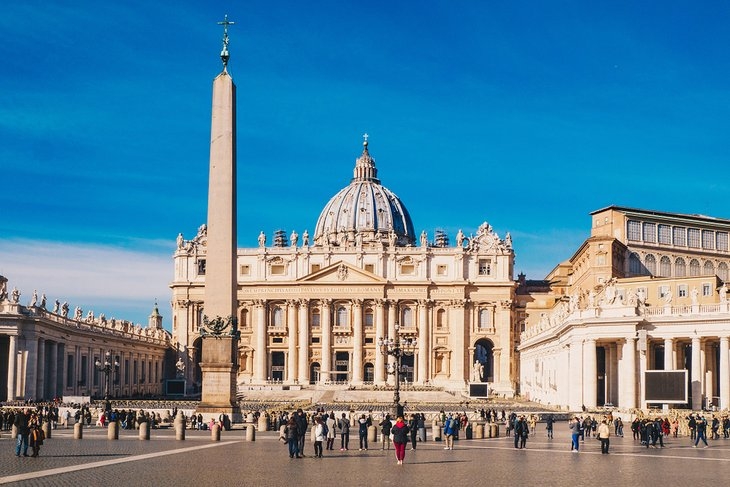 |
| Photo Planet Ware |
Vatican City is the smallest country in the world. It is also known as Holy See. It is located in the city of Rome, Italy. It is the center of the Catholic Church. As the biggest church, St Peters Basilica in the world resides here. World’s famous paintings and sculptures like The Pieta and The creation of Adam are featured here. The unique feature of this country is that it has no permanent citizens and citizenship is given to those who work at the Vatican only as well as their spouses and children and is revoked when they stop working there.
The official language of Vatican City is Italian and Latin. In fact, it is the only city in the world whose ATMs offer services in the Latin language.
The world's tiddliest sovereign state both in area (44 hectares) and population (about 1000) is proof that small doesn't equate with uninteresting or uninfluential. It also packs a serious cultural punch. St Peter's Basilica is a baroque masterpiece, the Sistine Chapel is gloriously painted by Michelangelo and the Vatican Museums house the world's richest art collection. If you fancy something a bit different, book a tour of the Vatican gardens.
Even though it occupies less than a square mile — this country has its own radio station, newspaper, post office, and a cute little train station. Along with the grandest church on Earth, it has a massive museum. The Vatican is ruled — both politically and religiously — by the pope.
Vatican City’s History
After the Roman Empire fell in the fifth century, the city of Rome gradually came under control of the pope. In fact, for centuries, the pope was called the "King Pope." Little by little, the "King Pope" built his own empire. At its peak around the 17th century, the "Papal States," as they were called, encompassed much of the Italian peninsula. When the modern nation of Italy was united, it absorbed most of the Papal States, including the city of Rome. But the pope held out.
For sixty years the pope was holed up here, behind the Vatican Walls. Finally, in 1929, the pope and Mussolini signed the Lateran Treaty, establishing the Vatican as its own nation. The garden-like core of the country — where serious administration takes place — is closed to the public.
The Vatican "military" is made up of the Swiss Guard. In 1506, the pope imported mercenaries from Switzerland, who were known for their loyalty and courage. Today, about 100 Swiss soldiers still protect the pope, keep the crush of tourists as orderly as possible… and wear the flamboyant Renaissance-style uniform that tourists just love to photograph.
The Vatican has its own postal service. Many consider it to be more reliable than mailing things from across the street, in Italy… and Vatican stamps are a fun souvenir.
 |
| Photo World Map |
The Vatican is built on the memory and tomb of the first pope, St. Peter. Piazza San Pietro sits on what was the site of a Roman racetrack. Imagine chariots making their hairpin turns around that obelisk.
For added entertainment during the games, Christians were executed here. In about AD 65, the apostle Peter was crucified within sight of this obelisk. His friends buried him in a humble graveyard atop what pagan Romans called the Vatican Hill. For about 250 years Christians worshipped quietly on this spot. Then, when Emperor Constantine legalized Christianity in AD 313, a basilica was built here, and this became the head of the Roman Catholic Church.
Twelve hundred years later, the original St. Peter's was replaced by this, the most glorious church in all Christendom. Upon entering, your first impression is: It's big… over 600 feet long, bathed in glorious sunbeams. It can accommodate thousands of worshippers.
| For nearly 60 years in the 1800s and 1900s, popes refused to leave the Vatican. Popes ruled over a collection of sovereign Papal States throughout central Italy until the country was unified in 1870. The new secular government had seized all the land of the Papal States with the exception of the small patch of the Vatican, and a cold war of sorts then broke out between the church and the Italian government. Popes refused to recognize the authority of the Kingdom of Italy, and the Vatican remained beyond Italian national control. Pope Pius IX proclaimed himself a “prisoner of the Vatican,” and for almost 60 years popes refused to leave the Vatican and submit to the authority of the Italian government. When Italian troops were present in St. Peter’s Square, popes even refused to give blessings or appear from the balcony overlooking the public space. |
Four Interesting Facts About Vatican City
1. No one is born in the country, but it has citizens
Technically, no births take place in the country as there are no hospitals here. However, citizenship is not based on birth in this country. In fact, it is granted to those who stay in Vatican because of their office or work. Diplomats of Holy See, and cardinals who reside in Vatican City or Rome are also regarded as citizens.
Vatican City boasts of having the world’s best post office
The postal service of Vatican is said to be the best in the world, with a large number of letters sent from its post code each year than anywhere else in the world. It is believed that most of the Romans instead of relying on Italy’s national post service, visit this post office every week to post their letters. This post office has been in existence since 1929.
2. The majority of Vatican City’s 600 citizens live abroad.
As of 2011, the number of people with Vatican citizenship totaled 594. That number included 71 cardinals, 109 members of the Swiss Guard, 51 members of the clergy and one nun inside the Vatican walls. The largest group of citizens, however, was the 307 members of the clergy in diplomatic positions around the world. With Benedict XVI residing as a pope emeritus in the Vatican, the population will increase by one when a new pope is named.
3. World’s shortest railway
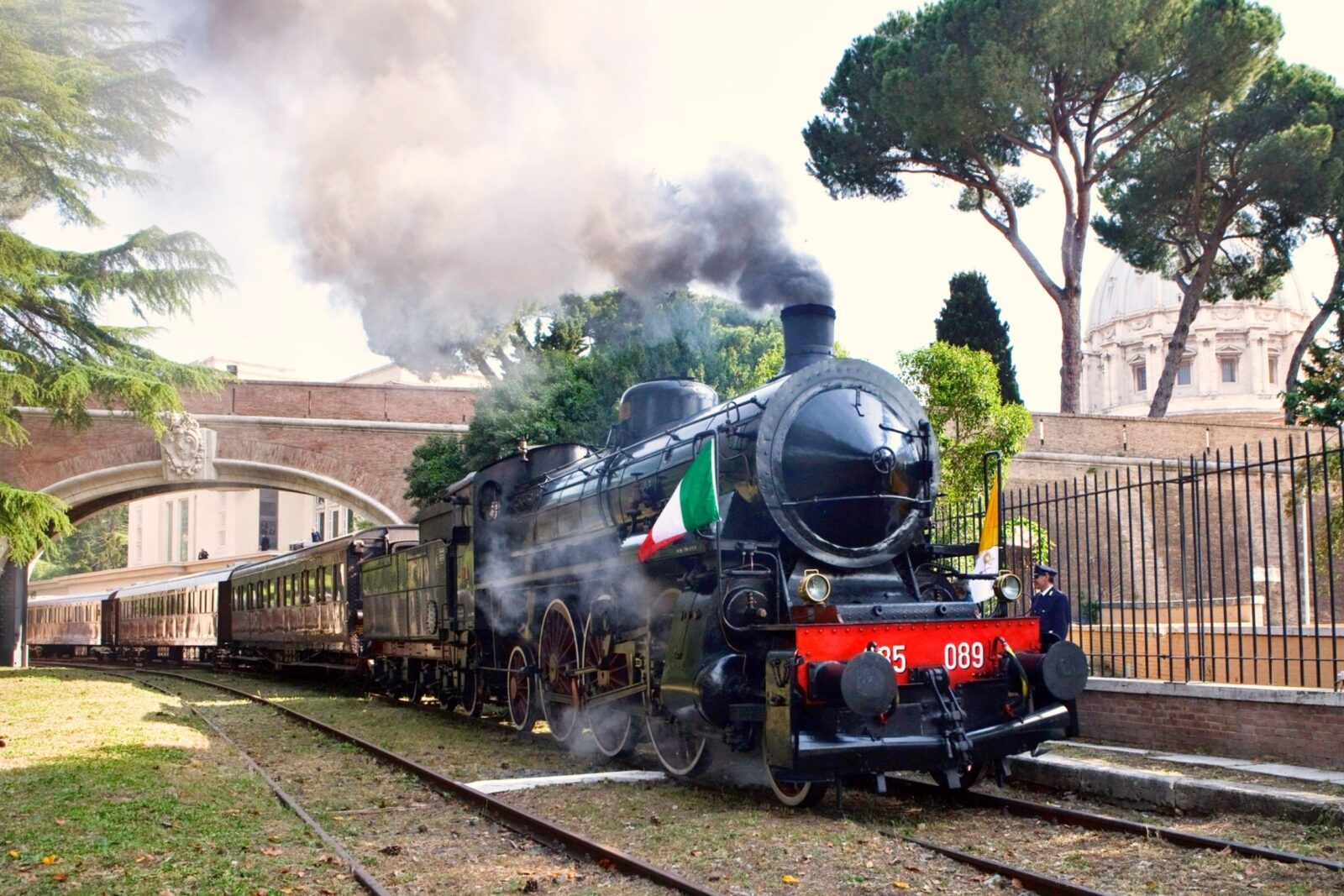 |
| Photo My Pope |
With a rail network of just two 300 m tracks, Vatican City boasts of having the world’s shortest railway network. It has only one railway station, Citta Vaticano. The railway is largely used for ferrying goods. Another interesting fact about this rail network is there are no regular passenger trains on it.
4. You don’t get your passport stamped here
A visit to the Vatican City won’t get your passport stamped. You can’t even get it done for a fee here. So, if you fancied getting a stamp in Vatican’s name during the trip, it is not going to happen. You will get a pilgrim’s stamp though.
** READ MORE: Top 10 Healthiest Countries in The World
Best ways to visit the Vatican
Rome Metro
The crowded Rome Metro has a station just outside the Vatican walls at Ottaviano-S. Pietro. Line A of the Metro runs through with trains every few minutes. It's a 5 minute walk from the Metro to both St Peter's Square and the Vatican Museums.
You can use Line A of the Metro to go to the Basilica of St John Lateran on the other side of the city situated close by San Giovanni Metro Station.
The Basilica of St John Lateran (Basilica di San Giovanni in Laterano) is the cathedral church of Rome and the official seat of the Bishop of Rome, who is the Pope. As such the Basilica contains the papal throne, although the pope rarely visits and lives over at the Vatican.
You can also use the Metro to quickly travel to the Colosseum changing trains to Line B at Termini Station.
On Line A between the Vatican and Termini is Spagna Metro Station, next to the Spanish Steps.
By train
St Peter's also has a train station, St Pietro. Commuter style trains loop around Rome to Termini Station, but the station is of most practical use to those travelling from Civitavecchia, the cruise port for Rome. However, it is a 10-minute walk to St Peter's Square from the station.
Public bus
There are many Rome city buses that pass or terminate next to the Vatican. The number 40 and 64 bus shuttle very frequently between Termini and the Vatican via the City Centre including the Piazza Venezia for the Roman Forum/Colosseum. Unfortunately there is no central bus stop or station that every bus route goes through.
40 (Limited stop express) - Termini - Piazza Venezia - Argentina - Piazza Pia (for St Peter's/Vatican)
64 - Termini - Piazza Venezia - Argentina - Vatican
62 - Repubblica - Spanish Steps - Piazza Venezia - Argentina - Vatican
81 - Vatican Museums - Piazza Imperatore (Spanish Steps) - Piazza Colonna (Trevi Fountain) - Piazza Venezia - Circo Massimo - Colosseum
19 (Tram) - Piazza Risorgimento (Vatican) - Villa Borghese
Vatican Tours
One of the best ways to take the hassle out of getting to the Vatican is to book yourself onto a tour. There are a range of tours available that focus on the Vatican or combine it with other Rome attractions. Discover Vatican tours.
Hop-on hop-off buses
Rome has a collection of different providers all offering hop-on hop-off bus services. Each bus has a different route but the Vatican and Termini Station are considered the two main stops where offices are located. If you are exploring using Rome hop-on hop-off buses then this is a great way to make your journey to the Vatican. You can also buy bundle tickets that combine the travel on the bus with entrance to St Peter's Basilica and the Vatican.
Essential tips for making the most of your Vatican visitBook in advance. Although you can turn up on the day and queue and many many people do, you'll be more relaxed knowing you have planned ahead to avoid this. Use an audio guide or guide book or better yet a tour guide. The Vatican Museum is vast and full of so many incredible treasures that a guide of some sort will definitely enhance your experience. Early morning and late afternoon are the quietest times to visit except Wednesday mornings when there is the Papal audience. If fast-track tickets are unavailable check the tickets that include the audio guide or tour tickets, often you can find tickets on the day you want by selecting a different type of ticket. Plan for a day at the Vatican if you are combining the Vatican Museums and St Peter's Basilica, there is more than enough to occupy you for a whole day. Vatican dress codeDo not wear inappropriate clothing. You wil be turned away. No shorts or sleeveless tops, skirts not covering the knee or hats. |
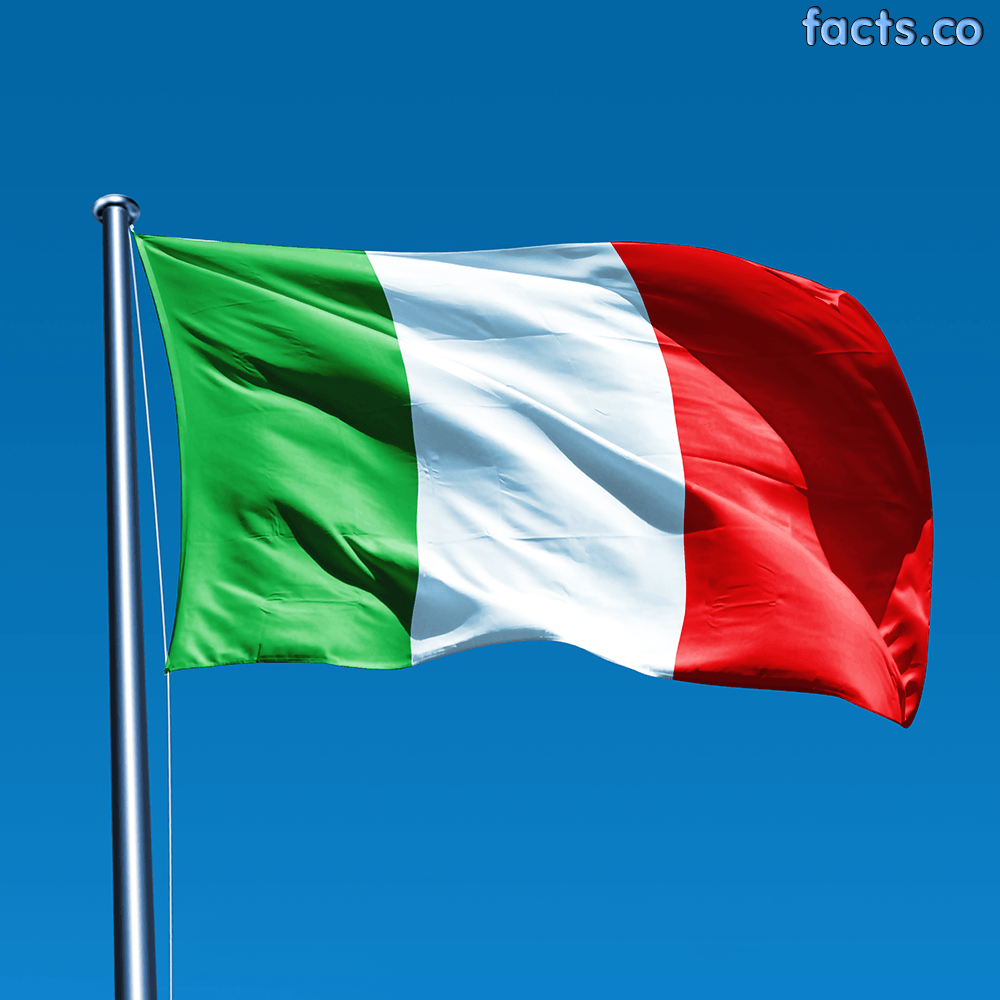 Top 9 Interesting Facts about Italy Top 9 Interesting Facts about Italy Italy is a fascinating place; a vacation in Italy can be packed with interesting things to do and see without every running out of activities ... |
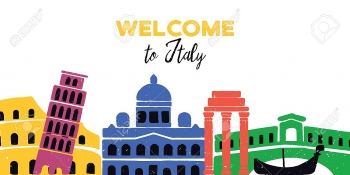 Top 12 Best Places to Visit in Italy Top 12 Best Places to Visit in Italy Located in Southern Europe, Italy is one of the world’s most popular travel destinations for a number of reasons that include art treasures, charming towns, ... |
 What are Smallest Countries in the World? What are Smallest Countries in the World? Have you ever wondered what the top 9 smallest countries in the world are? Let's read this piece of information to figure out what they ... |
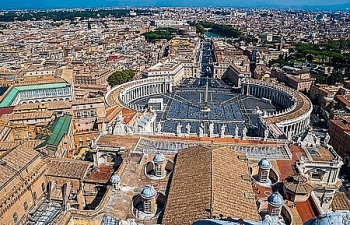 Top 9 Smallest Countries in the World Regarding To Population Top 9 Smallest Countries in the World Regarding To Population Borders define nations. The political and possibly natural limits of a country determine its physical territory, and thus its size. Based on the population, here ... |


